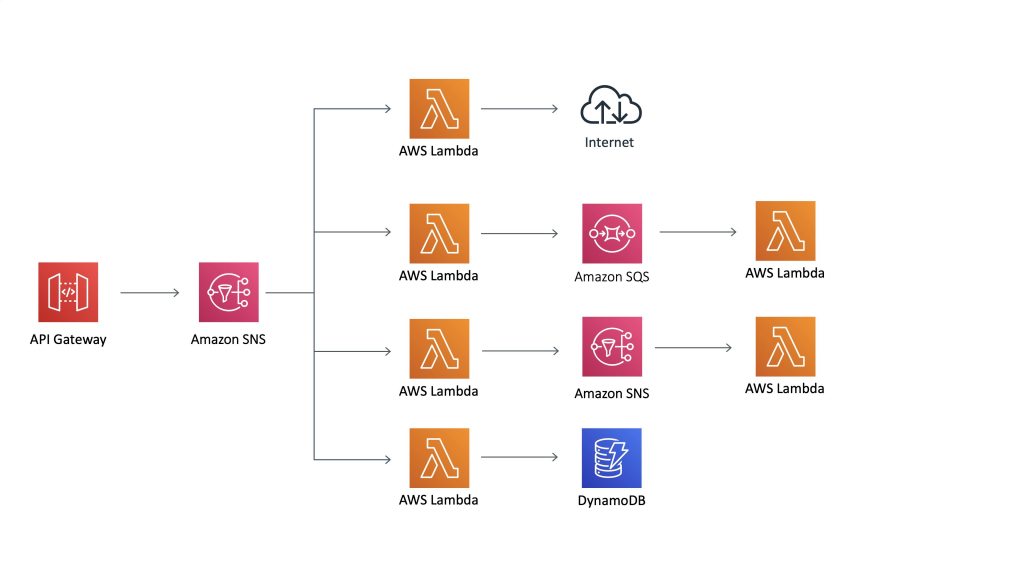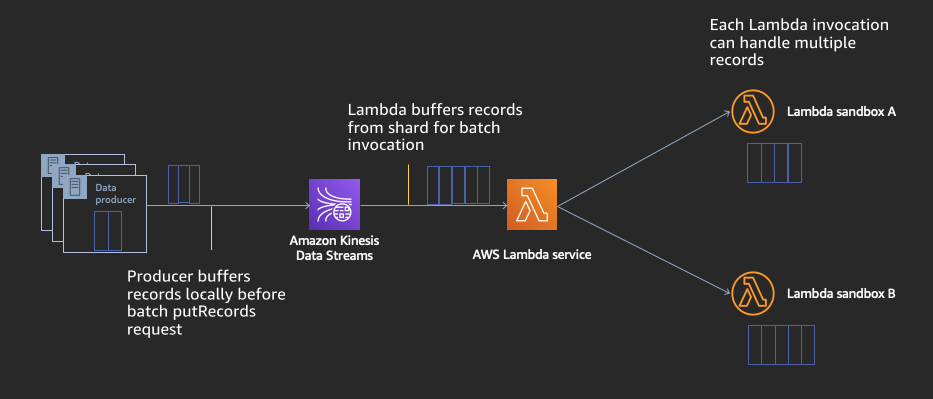AWS Architecture Blog
Tag: serverless
Let’s Architect! Serverless architecture on AWS
Serverless architecture and computing allow you and your teams to focus on delivering business value in place of investing time tweaking the infrastructure characteristics. AWS is not only providing serverless computing as a service, but share that half of our new applications built by Amazon are using AWS Lambda, as noted by Andy Jassy in […]
Building a serverless cloud-native EDI solution with AWS
Electronic data interchange (EDI) is a technology that exchanges information between organizations in a structured digital form based on regulated message formats and standards. EDI has been used in healthcare for decades on the payer side for determination of coverage and benefits verification. There are different standards for exchanging electronic business documents, like American National […]
Expose AWS Lambda Function Behind Static IP When a DNS Cannot be Managed
Up until recently, the best practice to expose an AWS Lambda function has been to use Amazon API Gateway. This solution protects your functions from direct client traffic. This is explained in the API Gateway tutorial, where Amazon API Gateway acts as a proxy in front of the Lambda function. This practice is useful when […]
Scaling up a Serverless Web Crawler and Search Engine
Introduction Building a search engine can be a daunting undertaking. You must continually scrape the web and index its content so it can be retrieved quickly in response to a user’s query. The goal is to implement this in a way that avoids infrastructure complexity while remaining elastic. However, the architecture that achieves this is […]
Serving Content Using a Fully Managed Reverse Proxy Architecture in AWS
With the trends to autonomous teams and microservice style architectures, web frontend tiers are challenged to become more flexible and integrate different components with independent architectures and technology stacks. Two scenarios are prominent: Micro-Frontends, where there is a single page application and components within this page are owned by different teams Web portals, where there […]
Architecting for Reliable Scalability
Cloud solutions architects should ideally “build today with tomorrow in mind,” meaning their solutions need to cater to current scale requirements as well as the anticipated growth of the solution. This growth can be either the organic growth of a solution or it could be related to a merger and acquisition type of scenario, where […]
Liberty IT Adopts Serverless Best Practices Using AWS Cloud Development Kit
This post was co-written with Matthew Coulter, Lead Technical Architect of Global Risk at Liberty Mutual Liberty IT Solutions, part of Liberty Mutual Group, has been using AWS CloudFormation to deploy serverless applications on AWS for the last four years. These deployments typically involve defining, integrating, and monitoring services such as AWS Lambda, Amazon API […]
Building a Scalable Document Pre-Processing Pipeline
In a recent customer engagement, Quantiphi, Inc., a member of the Amazon Web Services Partner Network, built a solution capable of pre-processing tens of millions of PDF documents before sending them for inference by a machine learning (ML) model. While the customer’s use case—and hence the ML model—was very specific to their needs, the pipeline that does […]
Serving Billions of Ads in Just 100 ms Using Amazon Elasticache (Redis OSS)
This post was co-written with Lucas Ceballos, CTO of Smadex Introduction Showing ads may seem to be a simple task, but it’s not. Showing the right ad to the right user is an incredibly complex challenge that involves multiple disciplines such as artificial intelligence, data science, and software engineering. Doing it one million times per […]
Serverless Stream-Based Processing for Real-Time Insights
September 8, 2021: Amazon Elasticsearch Service has been renamed to Amazon OpenSearch Service. See details. Building on our previous posts regarding messaging patterns and queue-based processing, we now explore stream-based processing and how it helps you achieve low-latency, near real-time data processing in your applications. AWS offers two managed services for streaming, Amazon Kinesis and […]








